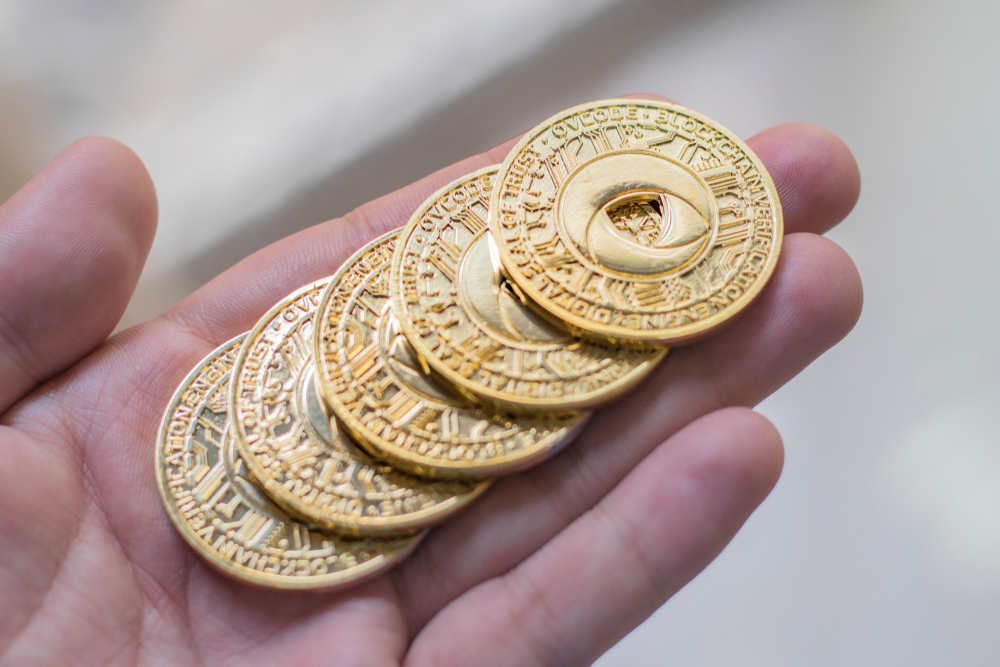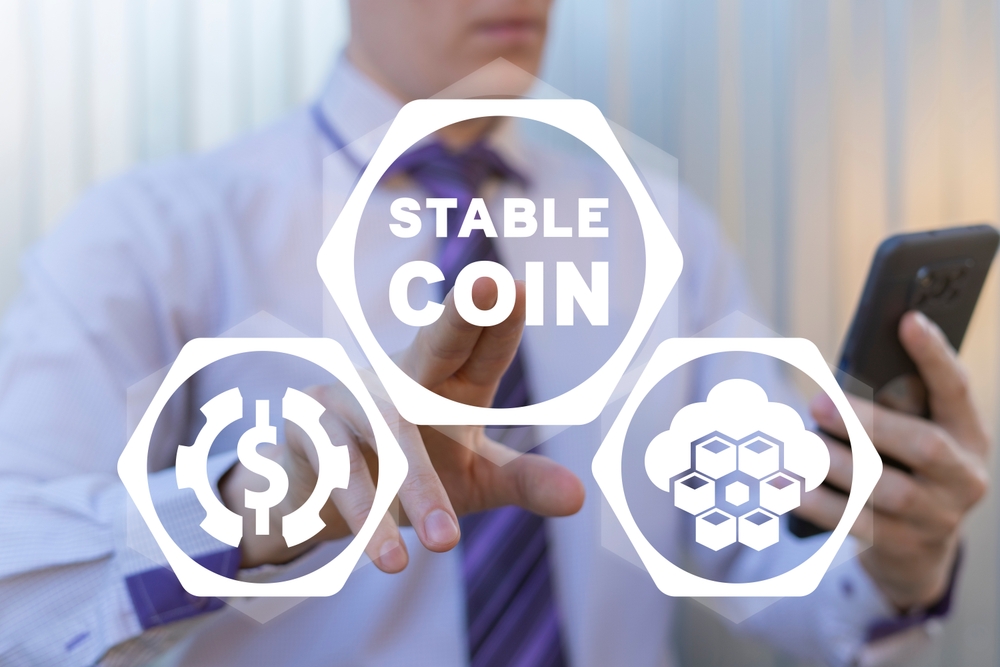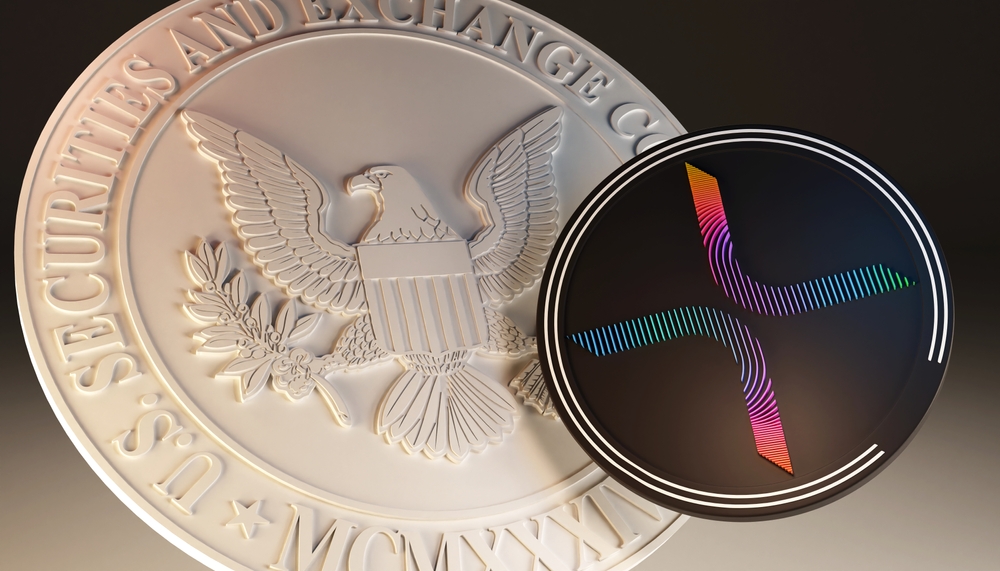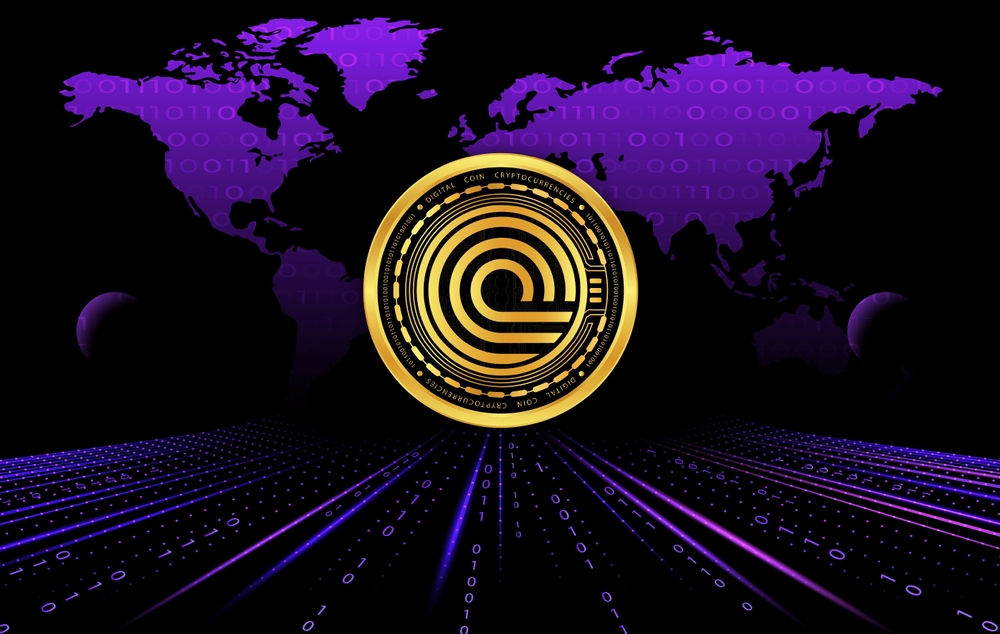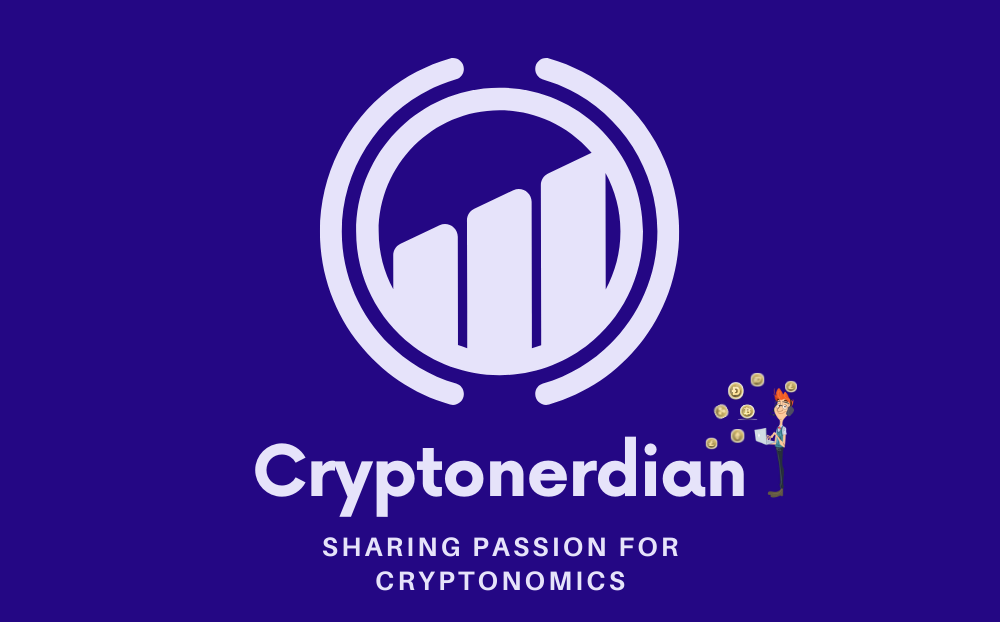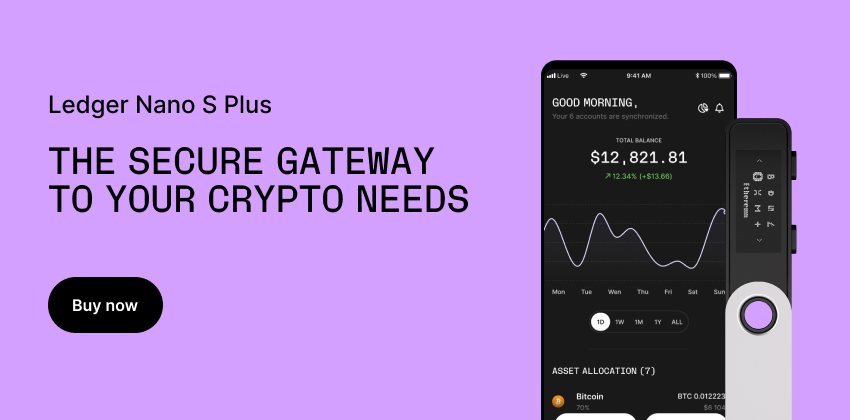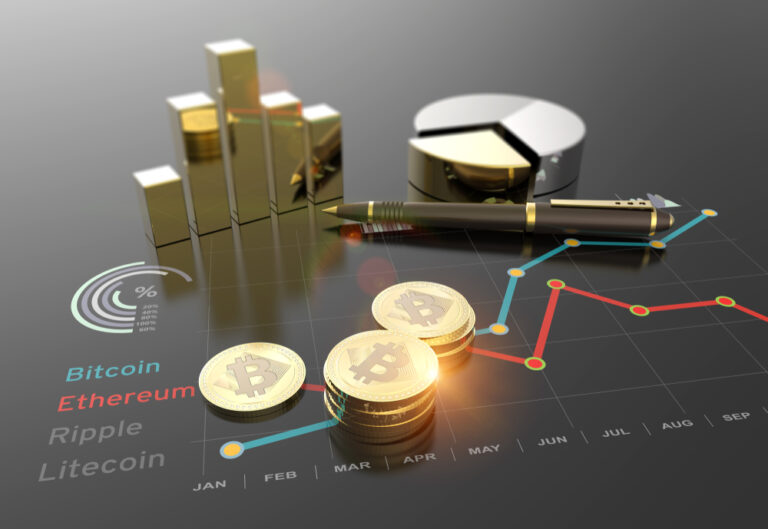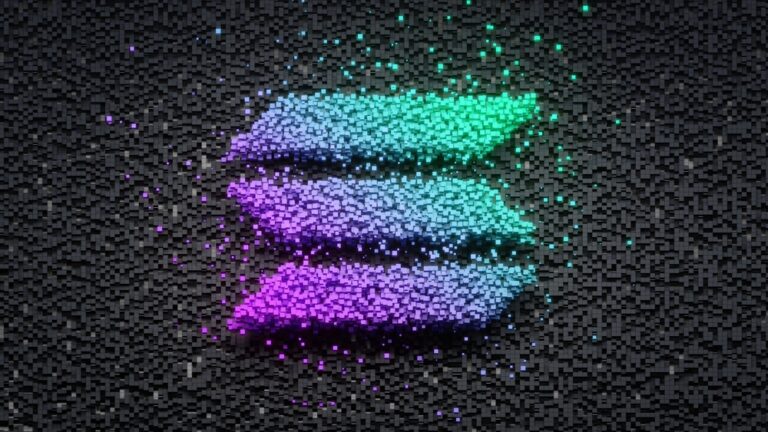Table of Contents
ToggleIntroduction
The Graph and Chainlink are two prominent players in the blockchain ecosystem. Both serve crucial roles in connecting smart contracts with real-world data, but they do so in different ways. The Graph focuses on organizing and indexing blockchain data, while Chainlink specializes in bringing external data onto blockchains.
These platforms have gained attention for their unique approaches to solving data challenges in decentralized systems. The Graph allows developers to query blockchain data efficiently, making it easier to build decentralized applications. Chainlink, on the other hand, acts as a bridge between blockchains and external data sources, enabling smart contracts to interact with off-chain information.
As the blockchain industry grows, understanding the strengths and use cases of The Graph and Chainlink becomes increasingly important. Developers and investors alike benefit from knowing how these technologies compare and where they might be applied most effectively.
Key Takeaways
- The Graph indexes blockchain data, while Chainlink brings external data on-chain
- Both platforms play vital roles in expanding the capabilities of smart contracts
- Developers can leverage these technologies to build more powerful decentralized applications
Understanding ChainLink
ChainLink connects blockchains to real-world data. It uses oracle networks and a native token to power its services. ChainLink aims to make smart contracts more useful by giving them access to off-chain information.
Oracle Services
ChainLink’s oracle network is key to its function. It gets data from many sources outside the blockchain. This data could be prices, weather info, or sports scores. The network checks this data to make sure it’s correct.
Smart contracts on Ethereum and other chains use ChainLink. They can get trusted data without leaving their blockchain. This helps keep contracts secure and working right.
ChainLink uses many nodes to get and check data. This makes it hard for anyone to trick the system. It also means the service keeps working even if some nodes fail.
LINK Token
LINK is ChainLink’s cryptocurrency. It plays a big role in how the network works. Node operators get paid in LINK for their services. This gives them a reason to do a good job.
Users pay for ChainLink services with LINK tokens. The more people use ChainLink, the more valuable LINK can become. This ties the token’s worth to the network’s success.
LINK is an ERC-20 token on the Ethereum blockchain. It can be bought, sold, and traded on many crypto exchanges. Some people hold LINK as an investment.
Exploring The Graph
The Graph serves as a key player in blockchain data indexing and querying. It offers powerful tools for developers to access and organize blockchain information efficiently.
Indexing Protocol
The Graph uses an indexing protocol to organize blockchain data. This process involves scanning Ethereum and IPFS networks for new information. As blocks are added, The Graph updates its index.
Indexers play a crucial role in this system. They run nodes to process blockchain data and make it searchable. This allows for quick and easy access to specific information.
The protocol is open-source. This means anyone can contribute to its development or use it in their projects. It supports various blockchain networks beyond Ethereum.
Subgraphs and Queries
Subgraphs are essential to The Graph’s functionality. They define what data to index and how to store it. Developers create subgraphs for their specific needs.
These subgraphs use GraphQL, a query language for APIs. This allows for precise and efficient data retrieval. Users can request exactly the information they need, nothing more or less.
The Graph’s query system is fast and reliable. It can handle complex requests across multiple blockchain networks. This makes it valuable for decentralized applications (dApps) that need real-time data.
Subgraphs can index data from smart contracts, events, and other blockchain sources. This flexibility allows for a wide range of use cases in the blockchain ecosystem.
Blockchain Integration
The Graph and Chainlink play key roles in blockchain integration. They enable smooth data flow between decentralized applications and smart contracts. This section explores how these protocols enhance blockchain functionality.
Decentralized Applications
The Graph and Chainlink boost decentralized applications (dApps) in different ways. The Graph indexes blockchain data for easy access. This helps dApps run faster and more efficiently.
Chainlink focuses on bringing off-chain data onto the blockchain. It provides real-world information to dApps. This expands what dApps can do.
Both protocols support Ethereum and other blockchains. They make it easier for developers to build complex dApps. The Graph allows quick data queries. Chainlink supplies reliable external data.
Smart Contract Connectivity
Smart contracts need accurate data to function properly. The Graph and Chainlink each contribute to this in unique ways.
The Graph creates organized datasets called subgraphs. These subgraphs can be used by smart contracts through Chainlink oracles. This combo offers rich, indexed data to smart contracts.
Chainlink directly connects smart contracts to external data sources. It uses a network of nodes to verify data accuracy. This ensures smart contracts have trusted information.
Both protocols enhance smart contract capabilities. They allow contracts to interact with more diverse data types. This leads to more advanced and useful blockchain applications.
Comparing Technologies
The Graph and Chainlink use different methods to provide data to blockchain networks. These approaches affect how users access information and how efficiently the networks operate.
Data Accessibility
The Graph focuses on indexing and querying blockchain data. It creates a searchable database of information from various blockchain networks. Users can easily find specific data points using GraphQL queries.
Chainlink, on the other hand, acts as a bridge between blockchains and external data sources. It fetches real-world information and brings it onto the blockchain. This allows smart contracts to access off-chain data.
Both systems make data more accessible, but in different ways. The Graph organizes existing on-chain data, while Chainlink brings in new data from outside sources.
Network Efficiency
The Graph’s indexing system allows for quick data retrieval. Once information is indexed, users can access it rapidly without needing to search the entire blockchain.
Chainlink’s network of oracles distributes the workload of fetching external data. This approach can be more efficient for accessing real-time information from various sources.
Both networks aim to reduce the burden on individual blockchain nodes. The Graph does this by centralizing data queries, while Chainlink spreads out the task of data collection.
Each system has its strengths in terms of efficiency, depending on the type of data being accessed and how it’s used in smart contracts.
Token Economics
Chainlink and The Graph have distinct token models that shape their network dynamics. Their cryptocurrencies play key roles in incentivizing participants and securing their respective ecosystems.
Cryptocurrency Markets
Chainlink’s LINK token is a top 25 cryptocurrency by market cap. It trades on major exchanges like Coinbase and Binance. LINK’s price affects Chainlink’s ability to secure its network of oracles.
The Graph’s GRT token has a smaller market cap but still ranks in the top 50. GRT is available on popular DeFi platforms like Uniswap. Its price impacts The Graph’s indexing and query services.
Both tokens see price swings tied to broader crypto market trends. Their values also reflect adoption of their underlying networks by DeFi projects and other blockchain applications.
Token Utilization
LINK tokens power the Chainlink network. Node operators must stake LINK to run oracles and earn fees. Users pay LINK to access data feeds and other Chainlink services on Ethereum and other blockchains.
GRT fuels The Graph’s decentralized indexing protocol. Indexers stake GRT to run nodes and earn query fees. Curators stake GRT to signal useful subgraphs. Delegators back indexers with GRT for a share of rewards.
Both tokens aim to align incentives among network participants. Their use in staking and fees helps secure each network against attacks or manipulation.
Adoption and Ecosystem
The Graph and Chainlink have gained traction in the blockchain world. Both networks play key roles in the growth of Web3 and decentralized apps.
Enterprise and Developer Adoption
The Graph has seen wide adoption among developers. It powers many popular dapps and DeFi projects. Over 30,000 subgraphs have been deployed on the network.
Chainlink boasts even broader use. It serves as the go-to oracle solution for many blockchain platforms. Over 1,000 projects use Chainlink’s services.
Major companies like Google Cloud and AWS have partnered with Chainlink. This shows its appeal beyond just the crypto space.
Both networks offer tools that make building dapps easier. This has helped speed up their adoption among developers.
Community Support
The Graph has a strong, active community. Developers, node operators, and users all play a part in its ecosystem.
The Graph Foundation runs programs to support new projects. It also hosts events to bring community members together.
Chainlink’s community is larger and more diverse. It includes not just crypto fans, but also big companies and institutions.
Chainlink runs a grant program to fund new ideas. This has helped grow its ecosystem of tools and services.
Both networks have active social media presence. They use platforms like Twitter and Discord to engage with users.
Security and Reliability
Chainlink and The Graph both prioritize security and reliability in their networks. These factors are crucial for the smooth operation of blockchain systems and smart contracts.
Network Vulnerabilities
Chainlink uses a decentralized oracle network to protect against single points of failure. This design helps prevent data manipulation and ensures accurate information flow. The network employs multiple nodes to verify data, making it harder for attackers to compromise the system.
The Graph also focuses on decentralization to enhance security. It uses a distributed network of indexers, curators, and delegators to process and validate data. This approach reduces the risk of network-wide failures and improves data integrity.
Both platforms have robust security measures to guard against common blockchain vulnerabilities. They use cryptographic proofs and consensus mechanisms to verify data and transactions.
Protocol Upgrades
Chainlink regularly updates its protocol to address emerging security threats. These upgrades often include improvements to the node selection process and data validation methods. The platform also introduces new features to enhance the overall reliability of its oracle network.
The Graph follows a similar approach with its protocol upgrades. It focuses on improving indexing efficiency and query response times. These updates help maintain the network’s reliability as it scales.
Both networks involve their communities in the upgrade process. This practice ensures transparency and allows for thorough testing before implementation. Regular upgrades help both platforms stay ahead of potential security risks and maintain their reliability in the fast-evolving blockchain space.
Market Dynamics and Competition
Chainlink and The Graph face a competitive landscape in the blockchain data ecosystem. Both projects contend with direct rivals and indirect alternatives vying for market share. Their unique features and capabilities shape their positions in this evolving space.
Direct and Indirect Competitors
Chainlink faces competition from several oracle providers. API3 offers decentralized APIs, aiming to enhance data security and reduce costs. Band Protocol provides cross-chain data oracles, competing directly with Chainlink’s core service.
The Graph encounters rivalry from projects like Ocean Protocol, which focuses on data marketplaces. Covalent offers similar indexing services, challenging The Graph’s position in blockchain data querying.
Indirect competitors include blockchain platforms with built-in oracle functionalities. These integrated solutions may reduce the need for standalone oracle services.
Competitive Advantages
Chainlink’s main strength lies in its widespread adoption and network effects. It boasts partnerships with numerous blockchain projects and traditional firms. This extensive network enhances Chainlink’s reliability and data accuracy.
The Graph’s competitive edge comes from its specialized focus on indexing and querying blockchain data. It offers a more efficient solution for developers seeking to access on-chain information.
Both projects benefit from first-mover advantages in their respective niches. Chainlink’s established presence in the oracle space and The Graph’s pioneering role in blockchain indexing give them strong market positions.
Future Outlook
The Graph and Chainlink are set to play crucial roles in the evolving blockchain ecosystem. Both projects are adapting to meet the growing demands of Web3 and smart contract applications.
Evolving Technologies
The Graph is expanding its indexing capabilities to support more blockchains. It aims to become the go-to solution for querying data across multiple networks. The project is working on improving its node infrastructure and query speed.
Chainlink is focusing on enhancing its oracle services. It’s developing new features like hybrid smart contracts and off-chain computation. These advancements will allow for more complex and efficient blockchain applications.
Both projects are investing in scalability solutions. They’re exploring layer-2 technologies to handle increased transaction volumes. This will be crucial as blockchain adoption grows.
Market Trends
The demand for decentralized data services is rising. More developers are building Web3 applications that require reliable data access. This trend benefits both The Graph and Chainlink.
Smart contract platforms are expanding rapidly. This growth creates opportunities for oracle and indexing services. Chainlink is well-positioned to provide data feeds for these new platforms.
The Graph is seeing increased adoption among decentralized finance (DeFi) projects. Its ability to efficiently query blockchain data is valuable for complex financial applications.
Interoperability between blockchains is becoming more important. Both projects are working on solutions to connect different networks. This could open up new use cases and markets for their services.
Challenges and Limitations
Graph and Chainlink face unique hurdles in the blockchain space. Both platforms deal with issues of scalability as networks grow.
Graph struggles with query speed for complex data requests. This can slow down dApp performance in some cases.
Chainlink must ensure data accuracy from off-chain sources. Bad data could lead to faulty smart contract execution.
Adoption barriers:
- Learning curve for developers
- Integration costs for projects
- Competing oracle solutions
Decentralized networks like Graph and Chainlink rely on node operators. Finding enough reliable operators can be tough.
Graph needs to expand its supported blockchains to boost adoption. Chainlink already works with many chains but faces growing competition.
Both platforms must keep up with rapid blockchain innovation. New tech could make current solutions obsolete.
Data privacy is an ongoing concern. Graph and Chainlink must balance transparency with protecting sensitive info.
Regulatory uncertainty poses risks. Future laws could impact how these services operate.
Market volatility affects token prices. This can influence network participation and economic models.
Strategic Implications for Developers
Developers face key decisions when building blockchain applications. The choice between The Graph and Chainlink impacts project architecture and long-term viability.
Choosing the Right Tools
The Graph excels at indexing and querying blockchain data. This makes it ideal for dApps needing efficient data retrieval. Developers can create subgraphs to index specific smart contract events and state changes.
Chainlink, on the other hand, connects smart contracts to external data. It’s crucial for dApps requiring real-world information like prices or weather data.
For complex projects, using both tools may be optimal. The Graph can handle on-chain data indexing, while Chainlink feeds in off-chain information.
Long-Term Implications
Selecting the right tools affects a project’s scalability and maintenance. The Graph’s subgraph system allows for modular, reusable data structures. This can speed up development of future dApps in the same ecosystem.
Chainlink’s oracle network continues to expand, offering more data sources over time. This growth provides developers with increasing options for external data integration.
Both platforms are actively developing. Staying updated with their latest features is crucial. This ensures developers can leverage new capabilities as they emerge.
Compatibility with multiple blockchains is another factor to consider. It impacts a project’s potential to expand across different networks in the future.
Frequently Asked Questions
The Graph and Chainlink serve different purposes in the blockchain ecosystem. They have unique features and use cases that set them apart. Let’s explore some common questions about these two protocols.
What are the major differences between The Graph and Chainlink?
The Graph focuses on indexing and querying blockchain data. It helps developers access organized information from blockchains. Chainlink, on the other hand, brings off-chain data onto the blockchain. It acts as a bridge between smart contracts and real-world information.
How do The Graph protocol and Chainlink network compare in terms of functionality?
The Graph creates indexes of blockchain data, making it easier to search and retrieve information. Chainlink provides external data to smart contracts. It ensures that blockchain applications can access up-to-date, real-world data.
What are the benefits of using The Graph over Chainlink?
The Graph excels at organizing and querying on-chain data. It’s useful for applications that need to analyze blockchain information. The Graph can help create more efficient dApps by providing quick access to relevant data.
In what scenarios might Chainlink be a more suitable choice than The Graph?
Chainlink is ideal when smart contracts need external data. For example, it’s great for DeFi applications that require real-time price feeds. Chainlink also works well for applications that need to trigger actions based on real-world events.
How does the performance of Chainlink differ from The Graph in data processing?
Chainlink focuses on delivering real-time data from various sources. It processes and verifies this information before sending it to smart contracts. The Graph specializes in organizing existing blockchain data for easy retrieval and analysis.
What are the implications for developers when choosing between Chainlink and The Graph?
Developers should consider their project’s specific needs. If they need to query and analyze on-chain data, The Graph is a good choice. For projects that require off-chain data or need to connect with external systems, Chainlink might be more suitable.


